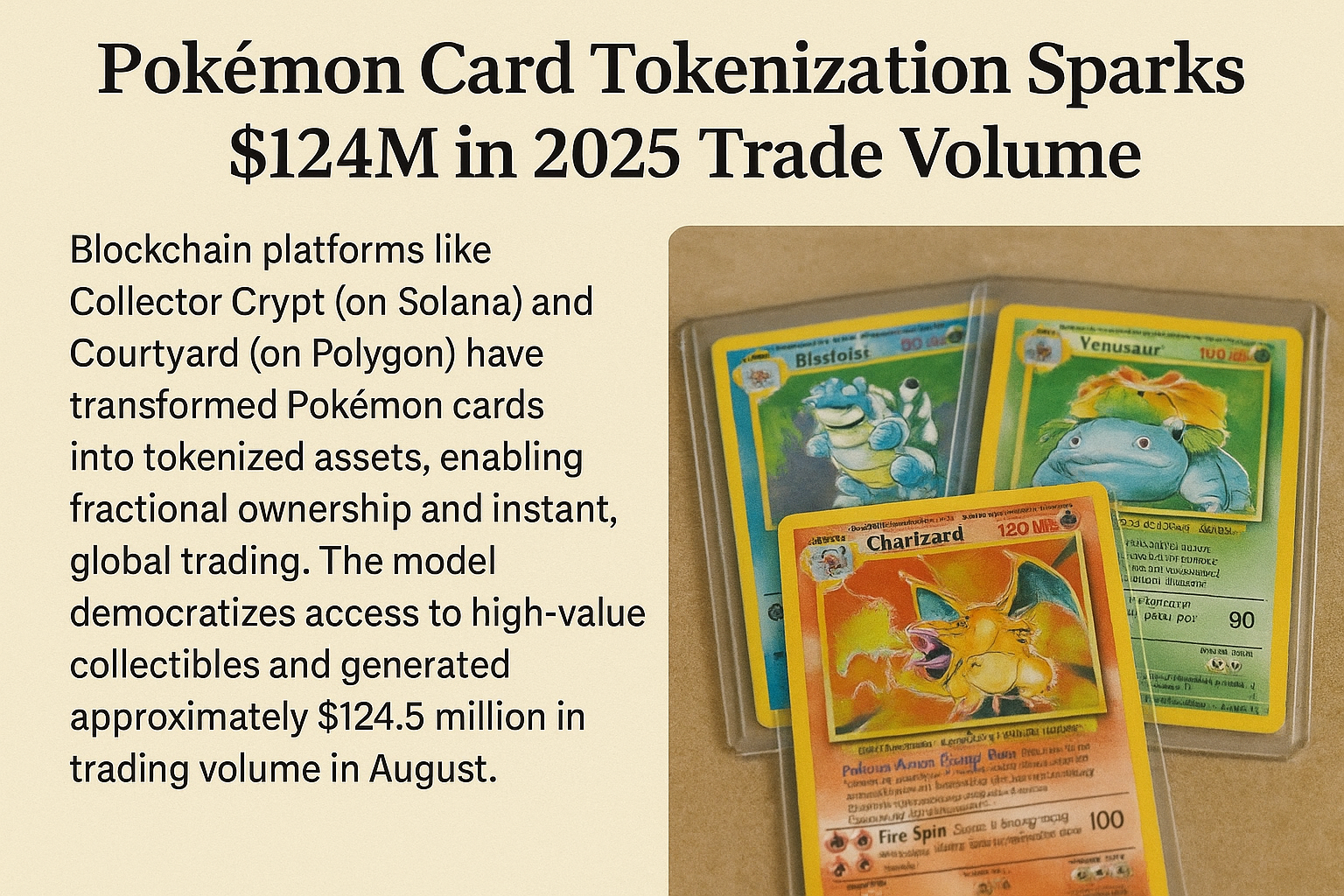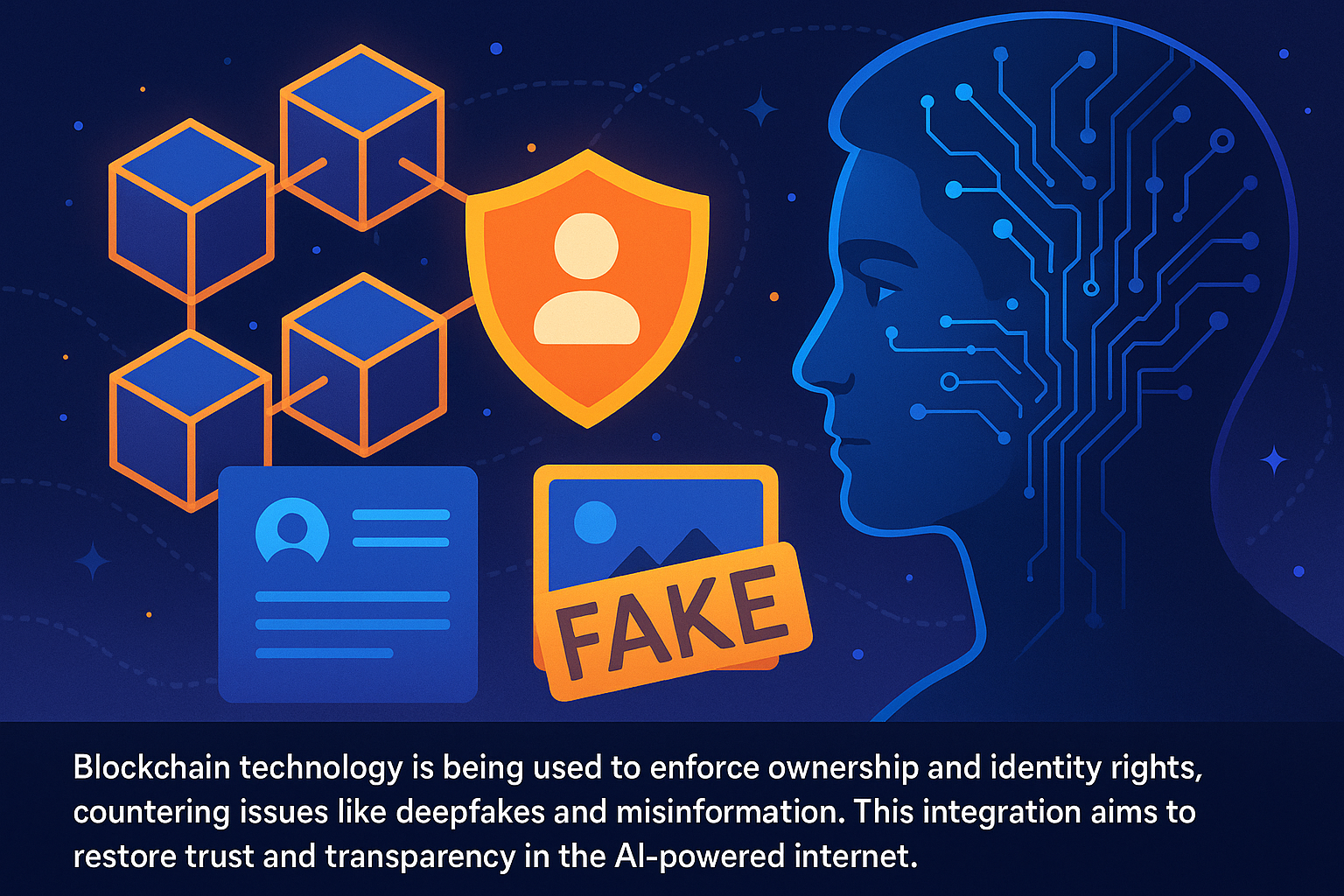The world of collectible trading cards has just taken a major leap into the digital age. In 2025, blockchain platforms such as Collector Crypt (built on Solana) and Courtyard (powered by Polygon) have reimagined how fans, investors, and collectors interact with high-value Pokémon cards. By turning these nostalgic, sought-after items into tokenized assets, they’ve unlocked fractional ownership, instant global trading, and a new era of democratized access to rare collectibles.
From Nostalgia to Next-Generation Ownership
Pokémon cards have long been a treasured hobby, with rare first-edition cards regularly selling for tens or even hundreds of thousands of dollars. Until recently, this market was largely reserved for wealthy collectors or specialized auction houses. Tokenization changes that dynamic entirely. Instead of buying an entire card outright, participants can now purchase fractionalized tokens representing a share of a physical card securely stored and authenticated by the platform. This lowers the barrier to entry and allows even small investors or passionate fans to participate in the high-stakes Pokémon card market.
The Technology Powering the Trend
The platforms leading this transformation are leveraging some of the fastest and most efficient blockchains available. Collector Crypt uses Solana’s high-speed, low-cost infrastructure to facilitate seamless transactions, while Courtyard deploys Polygon to handle large volumes of micro-trades with minimal fees. Each token is tied to a real, graded card held in a secure vault, with full transparency provided through on-chain metadata. Holders can track ownership, provenance, and pricing in real time, creating an unprecedented level of trust and liquidity in what has historically been an opaque market.
$124.5 Million in Monthly Trade Volume
The impact of this model is already being felt. According to AInvest data, the tokenized Pokémon card market generated approximately $124.5 million in trading volume in August 2025 alone. That’s not only a testament to the appetite for alternative investments but also evidence of how blockchain can transform a niche hobby into a scalable, global asset class. Early adopters have praised the platforms for their ease of use, transparent pricing, and the ability to exit positions instantly — something that’s virtually impossible with traditional auction houses.
Democratizing High-Value Collectibles
This shift represents more than just a financial innovation; it’s a cultural one. For the first time, fans who grew up playing with these cards can now own a verified slice of the very same iconic collectibles that once seemed financially out of reach. Tokenization breaks down geographic barriers as well, allowing a student in Brazil, a tech worker in Germany, and a retiree in Japan to all hold stakes in the same rare Charizard card. In many ways, this mirrors the rise of fractional investing in stocks and real estate — bringing the power of diversification to an entirely new class of asset.
What’s Next?
If Pokémon card tokenization continues to grow at its current pace, the implications extend far beyond gaming memorabilia. The same framework could be applied to sports cards, luxury watches, comic books, and other high-value collectibles. This could create a massive, decentralized ecosystem where physical and digital ownership blend seamlessly, opening doors for new types of investment products and community-driven marketplaces.
For now, one thing is clear: the once-niche world of Pokémon card collecting has become a proving ground for Web3 innovation, blending nostalgia with cutting-edge financial technology. Whether you’re a die-hard collector, a curious investor, or simply a fan of new ideas, 2025’s $124 million month signals that the era of tokenized collectibles has truly begun.




